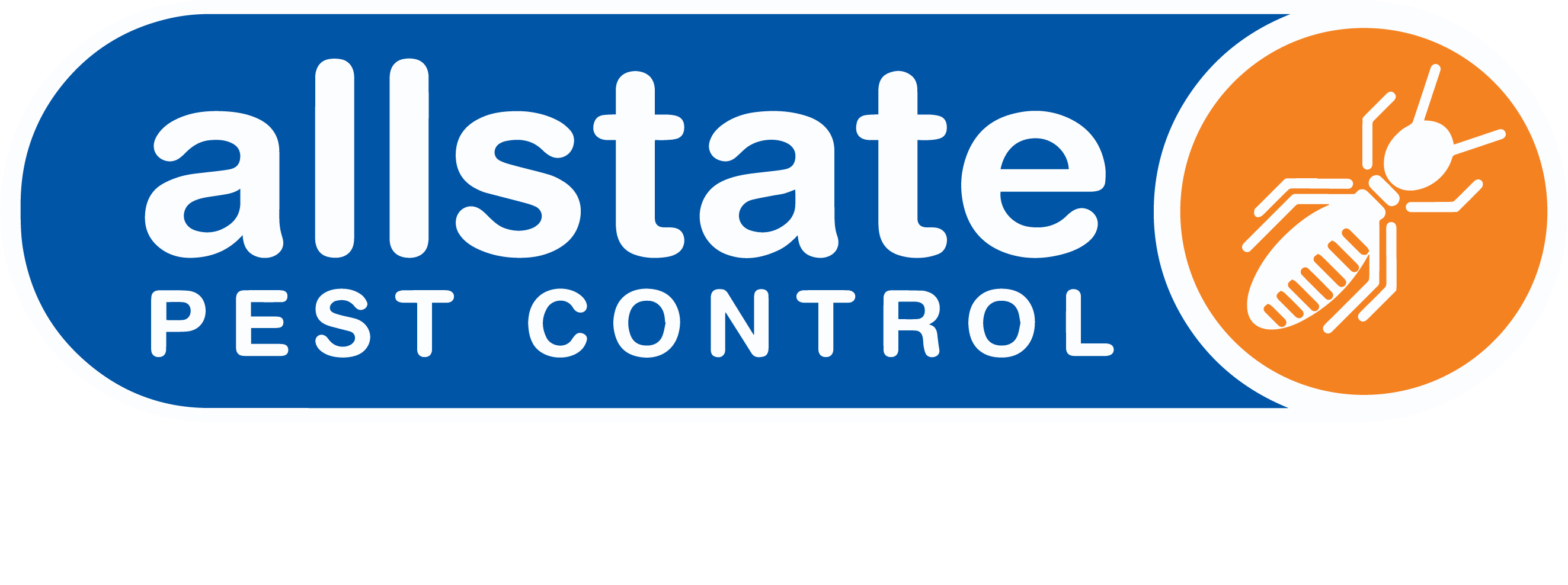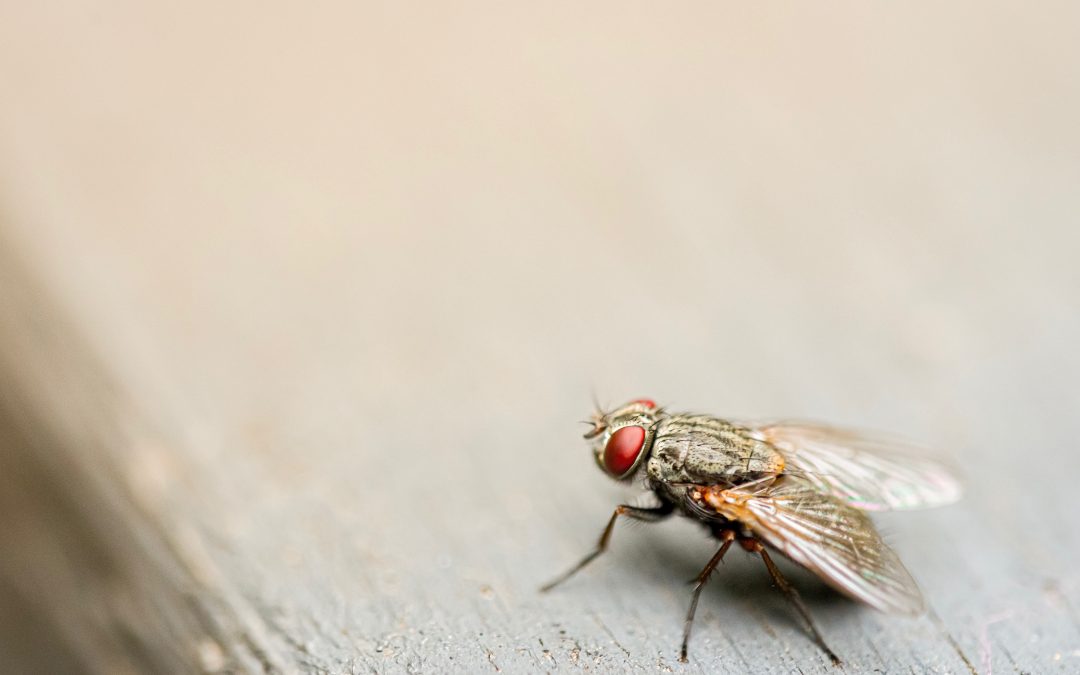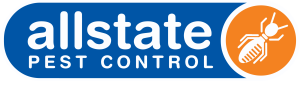
What is the best protection against termites?
What questions will this article answer?
Why is termite control important?
Living mainly underground, subterranean termites are hard to spot and once inside your home, they can silently cause significant damage that is not visible until it is simply too late. In fact, termites are thought to cost Australian homeowners a whopping $1.5 billion every year.
Since this damage is considered highly preventable, the cost of repairs is unfortunately not covered by home and contents insurance. However, it’s reassuring to know that Allstate Pest Control can help keep you and your family safe from a termite attack.
Termite inspections
This is because licensed termite inspectors are specifically trained to understand termite behaviour and use modern technology to assist with uncovering even the most subtle signs of termite activity.
At Allstate, we use the following specialised termite detecting equipment to complete inspections according to strict Australian standards:
- Moisture meters can detect areas of higher humidity which indicate the presence of termite activity
- Sounding tools are tapped against wooden structures to check for hollowed out sounds resulting from termite damage
- Motion detectors use advanced thermal imaging technology to detect termite movement inside structures
- Borescopes are a type of optical device which assist with a visual inspection of a high risk area which is otherwise difficult to access
At Allstate, a comprehensive termite assessment will include using the appropriate termite detection equipment to thoroughly examine all interior and exterior parts of your property, from subfloors to ceilings, as well as your yard and fencing.
Don’t delay your termite inspection, speak to our expert team
 or
or
Pre-purchase timber pest inspections
You will need a professional pest assessment which will cover not just termites, but also seasoned timber borers and wood decay fungi.
At Allstate, we conduct non-invasive, visual pre-purchase timber pest inspections in accordance with Australian Standard 4349.3. Focusing on areas which may have a high probability of having timber pests, we inspect the building before preparing a report on the same day with our findings. This includes a risk assessment of your building for timber pests, evidence of timber pest activity, severity of damage caused, as well as recommendations for management and further investigations.
Termite treatment
At Allstate, we keep up to date with our knowledge of termite control techniques and technology, using only the most effective products that are nontoxic towards people, pets and the environment. These include:
Premise termiticide
Offering immediate protection from termites, it’s no surprise that Premise termiticide is a popular termite treatment solution in Australia. Applied directly to soil around the perimeter of your building, it is ingested by foraging termites as a modern non-repellent treatment. Premise has been shown to be highly effective in reducing the termite population through termite-to-termite transfer.
Sentricon Always Active
An effective termite protection barrier, Sentricon Always Active bait stations can be installed discreetly underground, with the cap lying flush with your pavers. It contains the active ingredient noviflumuron, which inhibits the termite life cycle by preventing the moulting process.
Sentricon stations are usually placed 30cm away from your home, no more than 3 metres apart. They will be checked at every termite inspection to make sure that they are working properly and to assess for termite activity.
For effective termite treatment solutions, speak to an expert today
 or
or
Termite protection for new homes
These strict requirements are in place because termites are still able to penetrate treated timber and steel roofing, and damage can affect every part of your home.
At Allstate, our pre-construction pest control team includes licensed builders with extensive knowledge and experience in termite management. We incorporate the following range of high-quality termite resistant products, covered by extensive warranties, at the appropriate stage of your build:
Kordon Termite Barrier
As certified Kordon installers, we recommend this moisture resistant barrier to protect your concrete slab.
Manufactured in Adelaide, Kordon has undergone extensive testing by the CSIRO for over two decades and has a 100% success rate in providing the best long-term chemical and physical defence against subterranean termites, when installed correctly.
Non-hazardous, hypoallergic and suitable for all building applications, Kordon is a polyester webbing embedded with deltamethrin termiticide. It is made into a highly flexible sheet which is placed between the bedding sand and steel mesh layers before the concrete slab is poured on top.
Concrete curing
To make sure that your concrete slab stays smooth and crack free and remain impenetrable to termites, we recommend Rendacure as our preferred concrete curing compound.
With excellent adhesion properties, Rendacure is fast drying, wax free and water-based, making it easy to spray or roll onto freshly poured concrete.
We also offer Deep Cure as an alternative fast and cost-effective method to internally cure concrete. Penetrating the inside of the slab, it stops excess moisture from entering by forming a water retaining gel.
Slab edge moisture protection
Protecting your concrete slab from moisture makes it far less likely to attract subterranean termites to your home. If your home is affected by dampness, this shows up as efflorescence, or coloured crystalline deposits of salt and minerals on surfaces around your home.
We suggest using the following waterproofing products during the construction of your new home to prevent efflorescence:
- Homeguard Protectacote is a bifenthrin-based, acrylic polymer latex compound that can be applied by spraying, rolling or brushing the exposed perimeter of new concrete slabs
- Ardex WPM 300 is a high performance, water-based epoxy membrane and coating which can be applied to damp concrete to form a hydrostatic pressure resistant membrane and prevent rising damp
- Xyprex concentrate sealant is applied as a concrete slurry and penetrates the tiny pores within concrete slabs to form a tough, watertight crystalline structure
Chemical reticulation systems
Building regulations make it compulsory for extensions on an existing property to include a termite barrier between your home and the new concrete slab. If baiting stations cannot be installed, this means that you may need a Termidor reticulation system. This consists of a network of underground pipes that discharge termiticide into the soil to repel termites, and requires topping up at regular intervals.
Choose Allstate for long lasting termite control
Locally operated since 1986, we’ve provided premium pest control services to all suburbs of Adelaide. Available 24/7 for expert advice, our highly trained pest technicians are fully equipped to offer innovative solutions to termite concerns in residential, commercial and industrial settings.
With payment plans available, Allstate can keep you and your family safe with effective termite prevention strategies today.




